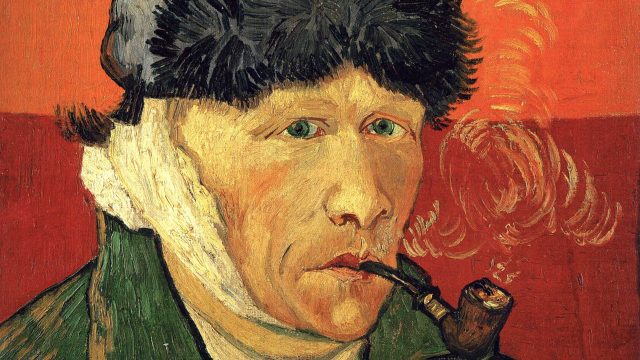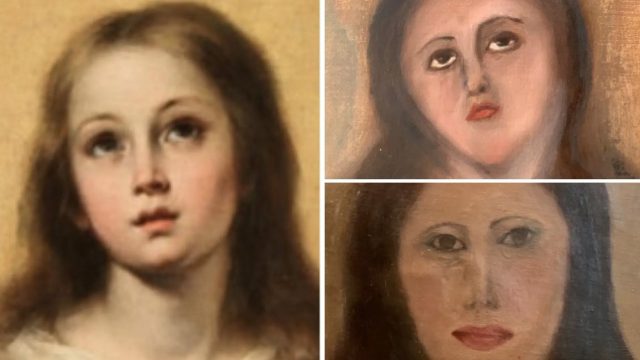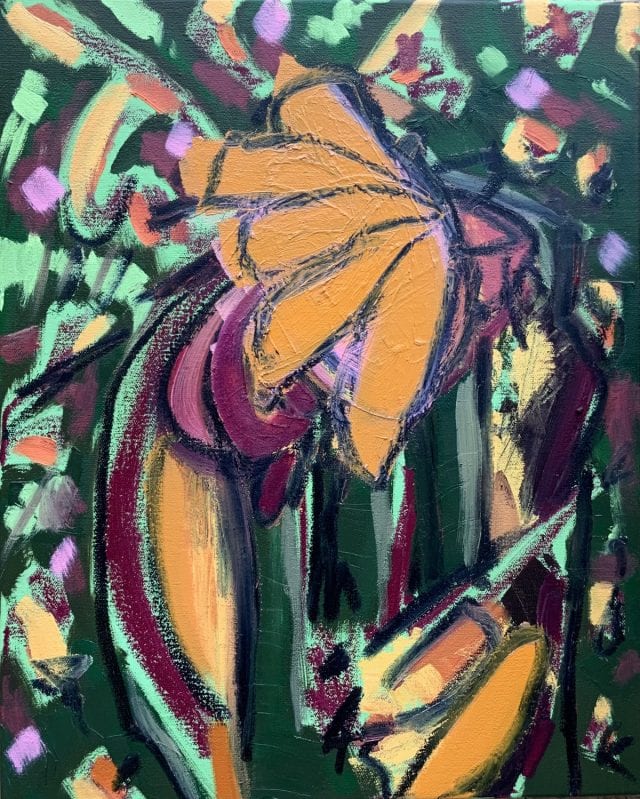Establishing a Creative Identity: an Exploration into the Artistic Self
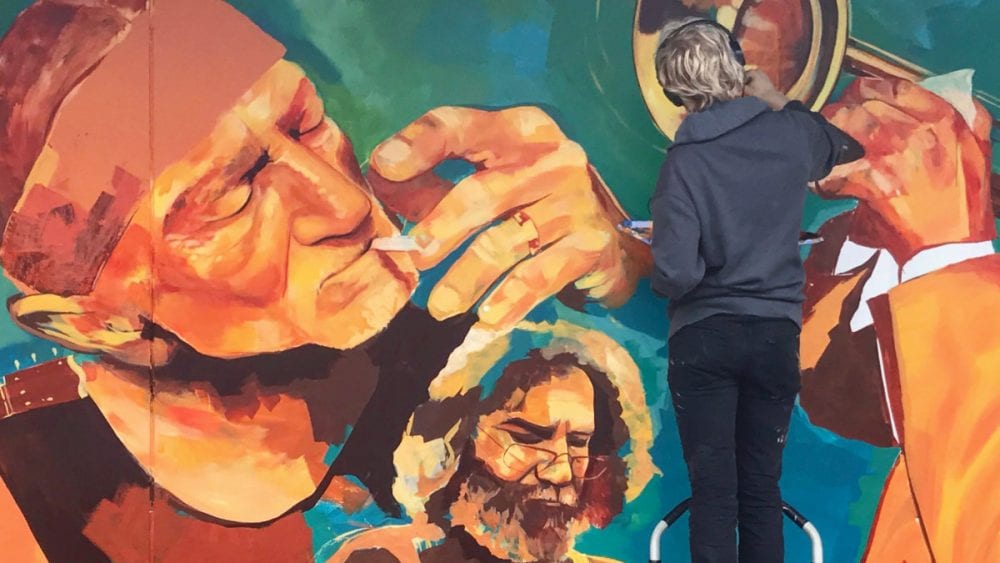
Always remember, a brand is the most valuable piece of real estate in the world; a corner of someone’s mind.
John Hegarty
Why are you an artist?
More importantly, how do you define yourself as an artist? If you’ve ever stopped to explore the very essence of your artistic identity, it may bring some surprising answers.
Art as career or emotional outlet, or both?
Some are pursuing artistic endeavours with one primary end-goal: to serve. These artists are creating with the intention of selling their work; they are forging a career in producing what people want to see.
Others are tapping into their subconscious, producing art as an emotional and creative outlet; an expression of themselves materialised in aesthetic form.
There is, of course, no right or wrong. But it can be a worthwhile exercise to explore and to establish a creative identity – when an artist’s work is instantly recognisable owing to its style, this lends itself to creating a ‘brand’, and a brand is something that is of high value not only in the professional context but also for our own originality.
Think Claude Monet. René Magritte. Salvador Dali. Andy Warhol. Damien Hirst. David Hockney. Jeff Koons. Tracey Emin. Banksy.
Each of these eminent artists haven’t just created art. They haven’t even just created a brand. In many cases, they have created an entire artistic movement.
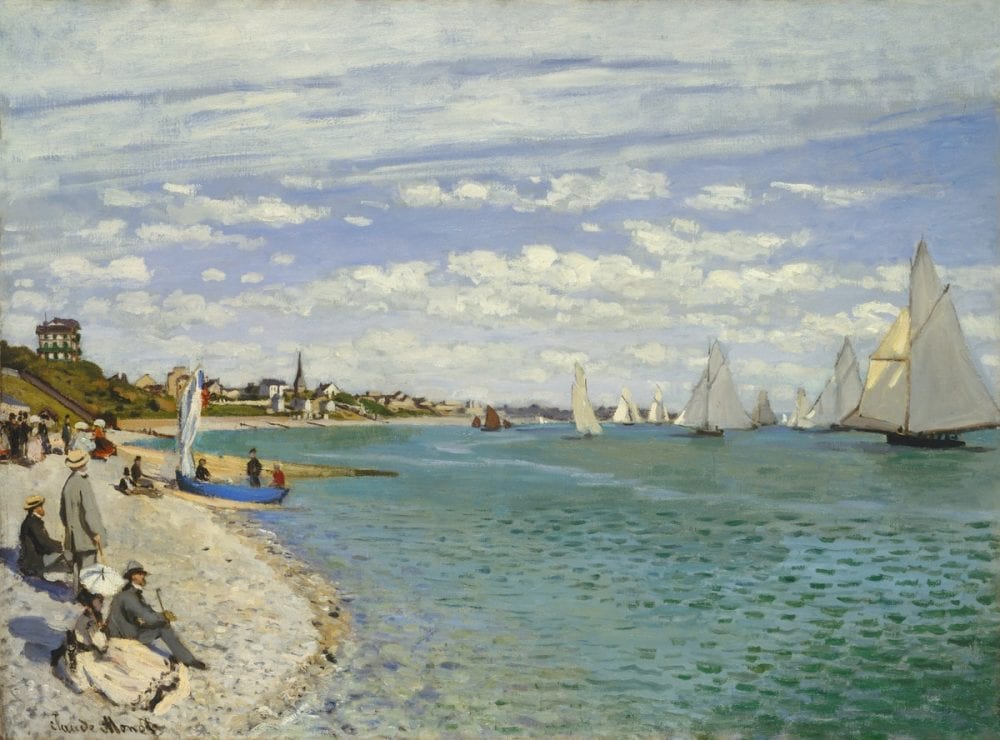
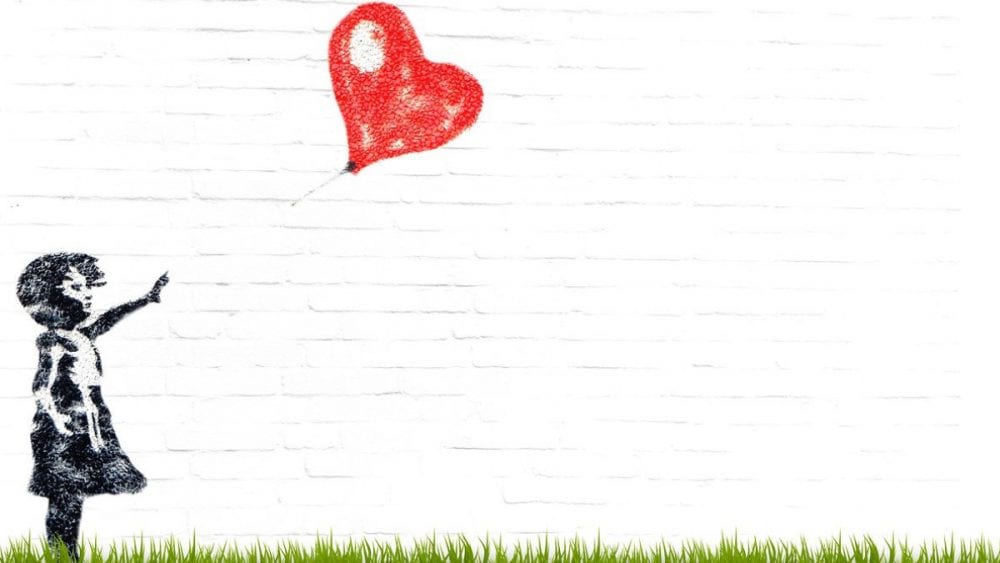
A source of inspiration not only to followers, fans, and buyers of their artwork, these artists have also served the artistic community by inspiring other artists – for generations to come. Salvador Dali was a key proponent of the surrealist movement. Monet, the impressionist. Warhol, pop art. Banksy has created his own mysterious niche of clandestine graffiti art. Koons for his kitsch sculptures.
Each of these artists has created public-wide recognition in their work – to the level that the art doesn’t even require an introduction to its creator.
Reaching this may seem like a lofty goal only achieved by the artistic greats, but each and every one of us is capable of establishing an artistic identity. This could manifest in myriad different ways, but it will help you create meaning and purpose to your work, as well as helping to forge an outward-facing brand.
Exploring self-identity
Identifying your artistic identity isn’t necessarily about creating a theme. It can be a case of medium, format, style, subject matter, context, situation, or even colour scheme. You may want to identify with certain political, racial, or environmental statements through your work. Whatever captures the essence of who you are and what it is you want to portray through your work.
Pablo Picasso understood the importance of creating strong artistic style. For example, he accentuated colour and distorted shape to intrigue his audience. Art allows us to state our opinions or perceptions of the world, and share our values through a creative medium – no matter how provocative and unconventional they may seem.
Authenticity is everything
Creating an artistic persona needs to come from within – from the essence of your inner voice, and not a fabricated construction of what you perceive will be ‘popular’.
Authenticity is everything when it comes to artistic identity, and don’t be afraid to reinvent yourself to remain consistent with your core values. It is part of the journey of maturation and evolution as an artist to instil change, to reinforce your identity both as a human being and as an artistic brand.

